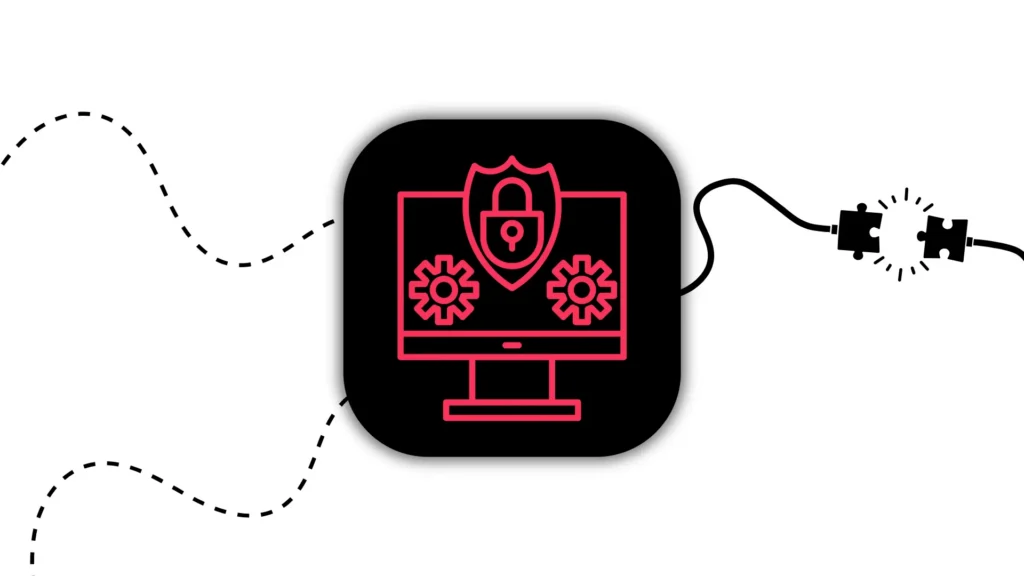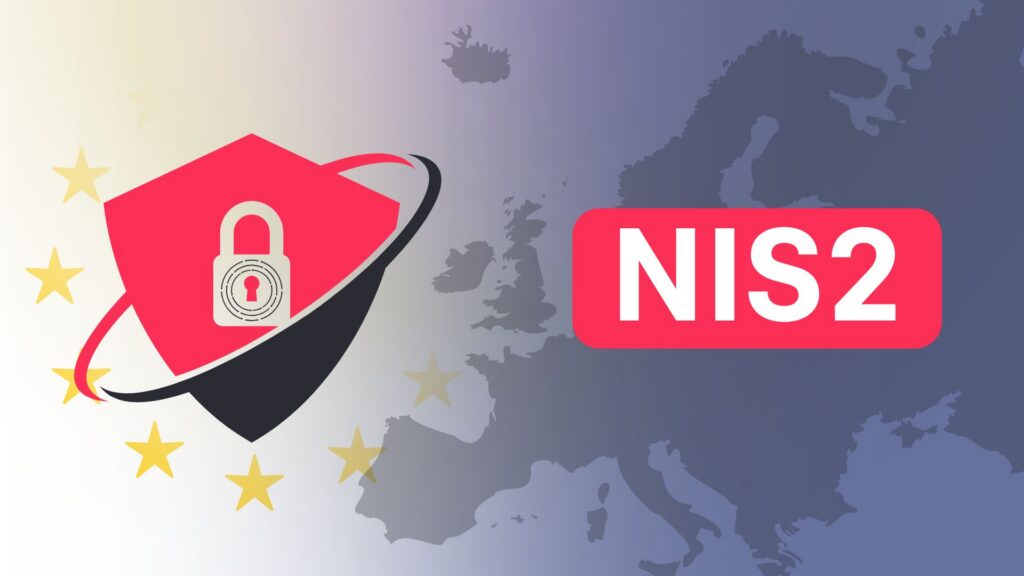If you sift through the tumultuous noise surrounding contemporary sustainability practices, you are likely to land on the following conclusion. Today, companies are no longer expected just to play the game for profit. Moreover, making their employees happy and their culture prosperous is great, but not enough.
The pressure on businesses in 2023 is to assume positions in terms of social and environmental issues. Fine-tuning their corporate strategies to support sustainability is therefore becoming essential. And it’s not just the EU or US – it’s global.
For software development… Well, when companies are doing it right, sustainability is pretty easy to integrate into deployment processes. In fact, to a big percentage aiming for sustainability means aiming for increased application efficiency, reducing energy, and saving on space capacity. There’s no debating that these upshots are great both for the company and the world they participate in creating.
It took years for the best “green practices” to unfold. Today we kind of know that the advancement of clean tech and processes has bridged the gap between sustainable and corporate goals. In plain words, sustainability is no longer a diversion. Rather, it’s opening doors to new commercial opportunities.
Key Takeaways
- Companies must address social and environmental issues to remain competitive in the global market.
- Software development facilitates sustainability by emphasizing efficiency, reducing paper waste, decreasing energy consumption, and providing rich insights with data.
- Contemporary IT methodologies help streamline operations and increase productivity.
- Collecting real-time data for efficient usage of energy, minimization of waste, etc., leads to more informed, sustainable decision-making.
#1 Efficiency is part of the game
To run efficient processes means to measure the output of the work against the possible outcome. Meaning, efficiency is not just getting the best bang for the buck but also making sure results are pouring out of the company’s portfolio. That target right there is built into a core of state-of-art software development. Here’s what we mean by this statement.
In the fast-paced world of IT companies, staying ahead of the game requires a commitment to innovation and efficiency. While traditional industries may be weighed down by outdated processes, the relatively new tech industry is free to embrace the latest and greatest practices.
From Agile development to Lean practices, there are a variety of methodologies that companies can rely on to keep their teams productive and effective. These approaches help streamline everything from development processes to operations across the company, ensuring that every aspect of the internal environment is optimized. Whether following the Waterfall approach or working in sprints, IT professionals are always looking for ways to improve their methods and stay at the forefront of their field.
That right there is the reason why software development – especially in well-established IT companies – resides at the forefront of sustainable acting.
#2 Reduced paper waste
Paper production has become a major concern due to its adverse impact on the environment. Paper production involves deforestation, which results in the loss of forests and natural habitats for many animal and plant species. The production also uses enormous amounts of energy, contributing to air pollution and waste problems. In fact, paper accounts for around 26% of the total waste in landfills. Shockingly, 420 million tons of paper corresponds to two pieces of paper for everyone on Earth every single hour. The global consumption of pulp and paper is expected to double from 2010 to 2060, resulting in – you guessed it – double the amount of paper waste. The alarming increase in paper production will add further pressure on the world’s forests which are already in a critical state and constantly getting worse.
Custom software can help transform a company’s processes by digitizing workflows and therein minimizing paperwork and reducing their environmental footprint. By shrinking down the reliance on paper-based processes, companies can significantly lower the amount of paper waste they produce while still giving a boost to their efficiency and productivity. Furthermore, going paperless can also have a significant financial impact on a company’s bottom line by minimizing printing/purchasing costs and reducing the need for physical storage space.
#3 Less energy consumption
These cloud computing and edge facilities are built to be energy-efficient by using state-of-the-art hardware and optimization techniques. By running optimized workloads, developers thanks to cloud providers allocate fewer resources, resulting in lower energy waste and bills for companies. With all these energy-saving techniques, it’s clear that recent computing trends are not only cost-effective but also environmentally friendly.
Moreover, cloud and edge computing options enhance the resilience of digital systems by allowing their parts to function offline. Think of it like having a backup generator for different parts of your network – even if you lose internet access, the system still doesn’t crumble and keeps on processing the data. The upper-echelon infrastructure providers, such as Microsoft and Amazon, also have backup processes in place to ensure the impact of outages is minimized. By having a system that’s able to operate with fewer hurtful interruptions, companies are significantly saving the energy needed to build up the processes back to normal. This, as a result, positively impacts the environment.
#4 Having rich insights with data
Emerging clean tech options, when combined with business intelligence tools, can become a powerful tool for driving sustainability by saving on computing power. By deploying sensors that collect real-time data throughout the supply chain on energy usage and consumption patterns, businesses can gain useful insights across their entire network. With this information, they can identify opportunities to optimize energy use, reduce cooling costs, and reduce waste, leading to sustainable practices that benefit both the environment and the bottom line.
In fact, data analytics are critical to assess a company’s effort in one of five following areas:
- Improving omnichannel customer experience
- Drive company-wide strategic planning
- Cut carbon footprint and minimize energy usage
- Minimize waste and water usage
- Track performance in sustainability
Similar insights

Choosing the Right Tech Stack in Uncertain Times
25/11/2025
How to Pitch and Get Your Ideas Approved at Work
12/11/2025
12 AI Cyberattacks That Made CEOs Very Cautious
21/10/2025
14 Books Smart Tech Leaders Are Reading This Fall
07/10/2025
Protect Your Crown Jewels: The Heart of Your Cybersecurity
15/09/2025
How Renown Business Executives are Using AI?
12/08/2025
Think You’re Secure? PEN Testing Will Tell You
15/05/2025
NIS2 Compliance: A Simple Guide to Get It Done Right
15/05/2025
NIS2 Directive Explained: What Your Business Needs to Do Now
29/04/2025
Let the success
journey begin
Our goal is to help take your organization to new heights of success through innovative digital solutions. Let us work together to turn your dreams into reality.